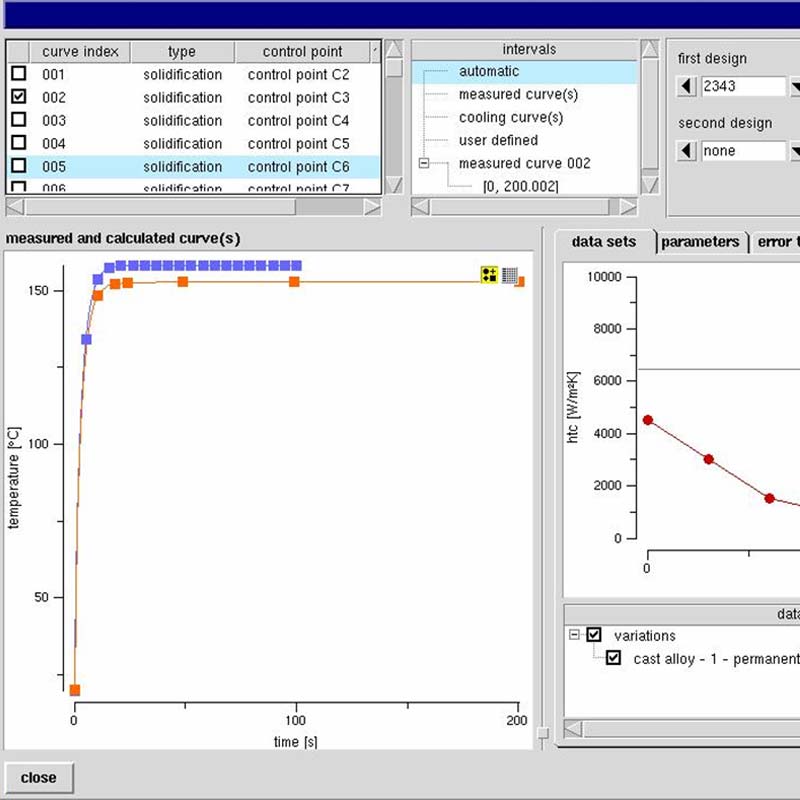Autonomous Optimization – The second generation of continuous steel casting simulation
Ingo Hahn, Götz Hartmann, Erik Hepp and Wilfried Schäfer
Since its first application more than 20 years ago the simulation of casting processes has been strongly developed. Today, simulation is established to predict casting quality and supports the day-to-day business in many production places. The search for improved foundry processes has been shifted from the shop floor into the computer.
With increased computing power in recent years new possibilities have come up: It is possible to simulate quite a lot of variants of a casting process in comparatively short time. Autonomous computational optimization means that the software proposes the best combination of process parameters rather than only simulating a single operating point. The engineer enters the degrees of freedom for variation of the parameters and the appropriate goals to be achieved by the optimization instead of focussing on a particular process lay-out.
In this paper the application to continuous steel casting processes is demonstrated: First, a reverse engineering method is applied to gain knowledge about boundary conditions for simulation of the mould. Afterwards an example for optimization of the casting process is shown: The required spread of spray cooling intensity in the various cooling zones to achieve a desired liquid pool depth and keep it stable is predicted.
[...]
Please read the complete publication in the linked PDF.
Read Publication: Autonomous Optimization – The second generation of continuous steel casting simulation
